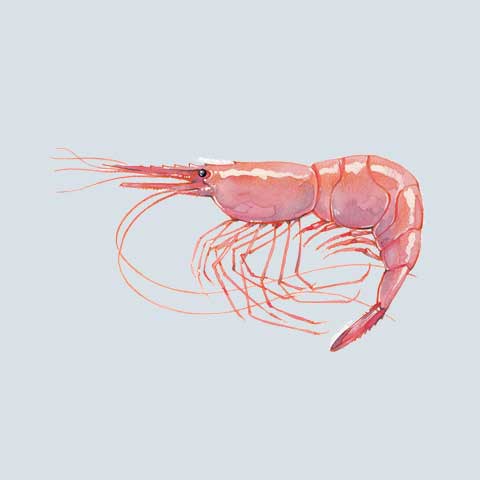A combination of market conditions and new challenges related to the coronavirus pandemic are leaving a mark on the Gulf of Mexico shrimp fishery, creating industry uncertainty as fishermen and processors look toward how they may fare in 2021.
Some sectors of the gulf fishery have done fairly well in terms of prices paid at the dock. But low turnout of boats has meant less product overall.
“Dried shrimp went really well because they have stopped a lot of imports coming into the U.S.,” said Al Marmande of Al’s Shrimp Co. in Dularge, La. “There was a fair price for fishermen in my area, about $1.14 per pound for smaller shrimp. We don’t buy a lot of big shrimp anymore.”
The closure of Carson & Co., a major processor in Bon Secour, Ala., has given smaller dock owners like Marmande fewer options for selling the catches they buy.
Lower restaurant demand resulting from pandemic closures has had an effect, as well. One shrimp dock reported a drop of sales by 53 percent. That leaves open the question of how much shrimp purchased in 2020 will remain stuck in supply lines.
September, usually a good month because of the popularity of large white shrimp, presents a stark new reality, with the lowest tonnage for landings gulfwide, according to data from the fishery monitoring branch of NMFS.
That month saw those September landings gulfwide of 6.1 million pounds, the lowest September since 2002.
Louisiana is seeing historic lows, with 14.8 million pounds harvested in the first three quarters of 2020, compared to the average for the same period at about 38 million pounds for nearly two decades.
Processors and dock owners say a significant factor in the low numbers is much less effort by fishermen and boat owners. They attribute this to economic relief packages in response to the pandemic, with fewer people heading out to work.
Fishermen who have steadily gone out to work during 2020 say the time was well-spent, as the scarcity of shrimp staved off a potential of lower dockside prices.
“The price was not great,” said veteran shrimper George Barisich, who is president of the United Commercial Fisherman’s Association. “Toward the end they crept up, by 30 or 35 cents per pound. There is still a demand for fresh product, with a strong price.”







